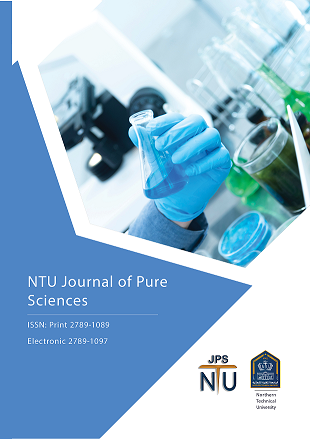Association of Multidrug Resistance With Biofilm Formation in Pseudomonas Aeruginosa Isolated from Clinical Samples in Kirkuk City
DOI:
https://doi.org/10.56286/ntujps.v1i4.342Keywords:
pseudomonas aeruginosa, biofilm , MDR, pigments.Abstract
Pseudomonas aeruginosa is one of the most prevalent nosocomial pathogenic microorganisms that cause life-threatening infections. The formation of biofilm is one of the important features that lead resistance to antibiotics. The study aimed to clarify the relationship between biofilm formation, antibiotic resistance, and pigment production P. aeruginosa. A total of 33 isolates have been obtained from 220 different clinical samples, 42% of isolates obtained from burn swabs,15% wound swabs,12% from urine samples, 12% ear swabs ,6% sputum samples, and 3% from bronchial washes. The highest prevalence of these bacteria in our study was found in isolates obtained from burn swabs. Pyocyanin and pyoverdine are frequently seen on Cetrimide agar. P. aeruginosa can be completely isolated on Cetrimide agar. The production of biofilms detected by microtiter plate method and the result distributed as, 22% of strongly, 50% moderately, 27% weakly, and 4% were non biofilm producer. The Kirby-Bauer method (disc diffusion susceptibility method) was used to measure antibiotic resistance, and the results revealed a correlation as 86% multidrug resistance were strongly biofilm former, 75% multidrug resistance were moderately biofilm former and 11% multidrug resistance were weakly biofilm producers.
Conclusion, P. aeruginosa from clinical isolates has highly proportional capability to form biofilm and recorded a positive correlation with multidrug resistance, while this relation was not significant with pigment production.
Downloads
Downloads
Published
Issue
Section
License
This work is licensed under a Creative Commons Attribution 4.0 International License (CC BY 4.0), which permits unrestricted use, distribution, and reproduction in any medium, provided the original work is properly cited.





